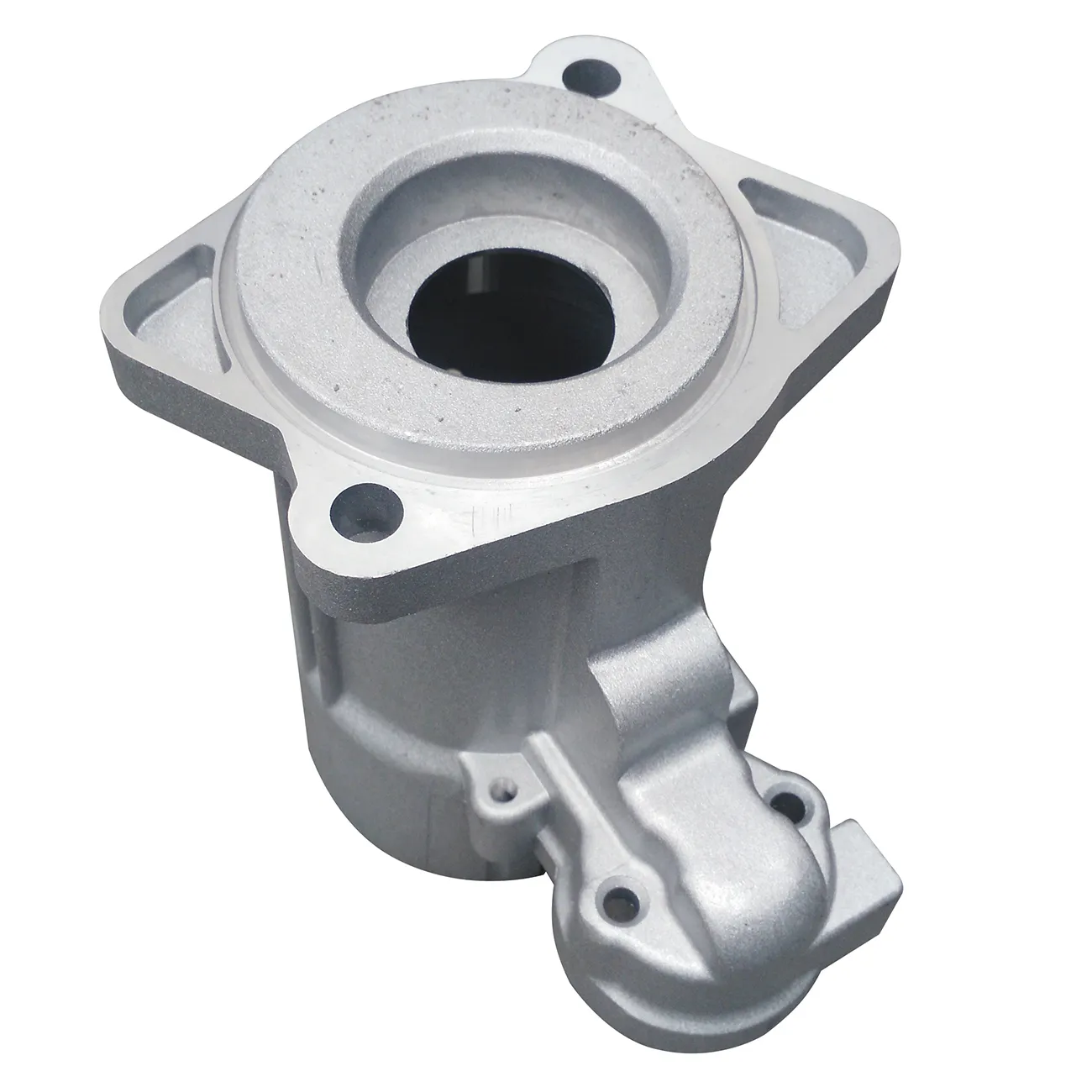Mobile:+86-311-808-126-83
Email:info@ydcastings.com
Understanding the Process and Benefits of Aluminum Extrusion in Manufacturing
The Importance of Aluminum Extrusion in Modern Manufacturing
Aluminum extrusion is a manufacturing process that shapes aluminum alloys into desired profiles by forcing them through a shaped opening in a die. This technique has transformed the way various industries produce components, offering numerous advantages that have made it a popular choice in the manufacturing sector. Understanding the aluminum extrusion process, its benefits, and its applications is essential for recognizing its pivotal role in modern manufacturing.
The Aluminum Extrusion Process
The aluminum extrusion process begins with heating an aluminum billet, which is a cylindrical piece of aluminum alloy, to a semi-solid state. Once it reaches the appropriate temperature, the billet is placed in an extrusion press where a large ram pushes it through a die. The die, which has been designed to create specific shapes or profiles, gives the aluminum its final form as it exits the press. The extruded material is then cooled, cut to length, and often undergoes additional processes such as anodizing or painting for enhanced durability and aesthetics.
There are two primary extrusion methods direct and indirect. In the direct extrusion process, the billet is pushed through the die, while in indirect extrusion, the die moves towards the billet. Each method has its own set of advantages depending on the desired properties of the final product and the production volume.
Advantages of Aluminum Extrusion
One of the most significant advantages of aluminum extrusion is its ability to create complex shapes with a high degree of precision
. This flexibility allows designers and engineers to develop intricate profiles that meet specific application requirements without the need for extensive machining. Moreover, the smooth surface finish of extruded aluminum parts reduces the need for secondary processes, saving time and costs.aluminum extrusion

Another notable benefit is the lightweight nature of aluminum. Compared to other metals such as steel, aluminum provides a high strength-to-weight ratio, making it an ideal choice for industries where weight reduction is critical, such as aerospace and automotive manufacturing. This characteristic not only enhances the performance of vehicles by increasing fuel efficiency but also allows for easier handling and assembly of components.
Additionally, aluminum is highly resistant to corrosion, which extends the lifespan of extruded products in various environments. The ability to easily apply surface treatments further enhances its durability. Anodizing, for instance, creates a hard, protective layer that improves corrosion resistance while also offering aesthetic options. This feature makes aluminum extrusion suitable for outdoor applications, including architectural elements and transportation infrastructure.
Applications of Aluminum Extrusion
The versatility of aluminum extrusion lends itself to a wide range of applications across multiple industries. In the construction sector, extruded aluminum is commonly used for windows, door frames, and curtain walls, providing both structural integrity and appealing aesthetics. In the automotive industry, custom aluminum profiles are utilized for chassis, structural components, and lightweight interiors.
In the electronics industry, aluminum extrusions are often employed in the manufacture of heat sinks, enclosures, and other electronic components due to their excellent thermal conductivity and lightweight properties. Additionally, the renewable energy sector has embraced aluminum extrusion for solar panel frames, as the lightweight and weather-resistant nature of aluminum is ideal for outdoor installations.
Conclusion
Aluminum extrusion plays an integral role in modern manufacturing, providing a versatile and efficient method for producing high-quality components across various industries. By harnessing the advantages of aluminum, including its lightweight, strength, and resistance to corrosion, manufacturers can meet the demands of today's market while also embracing sustainability and innovation. As technology continues to advance, the significance of aluminum extrusion is likely to grow, paving the way for even more creative and efficient applications in the future. Whether in aerospace, automotive, construction, or electronics, aluminum extrusion remains a critical element in the evolution of manufacturing processes, illustrating the synergies between design, functionality, and sustainability.
-
Understanding Metal Casting TechniquesNewsApr.02,2025
-
Understanding Exhaust Manifolds for Enhanced Engine PerformanceNewsApr.02,2025
-
The World of Metal FabricationNewsApr.02,2025
-
Key Components for Pump and Turbo EfficiencyNewsApr.02,2025
-
Essential Tools for Automotive Maintenance and RepairNewsApr.02,2025
-
Durable Valve Components for Effective Water ManagementNewsApr.02,2025











